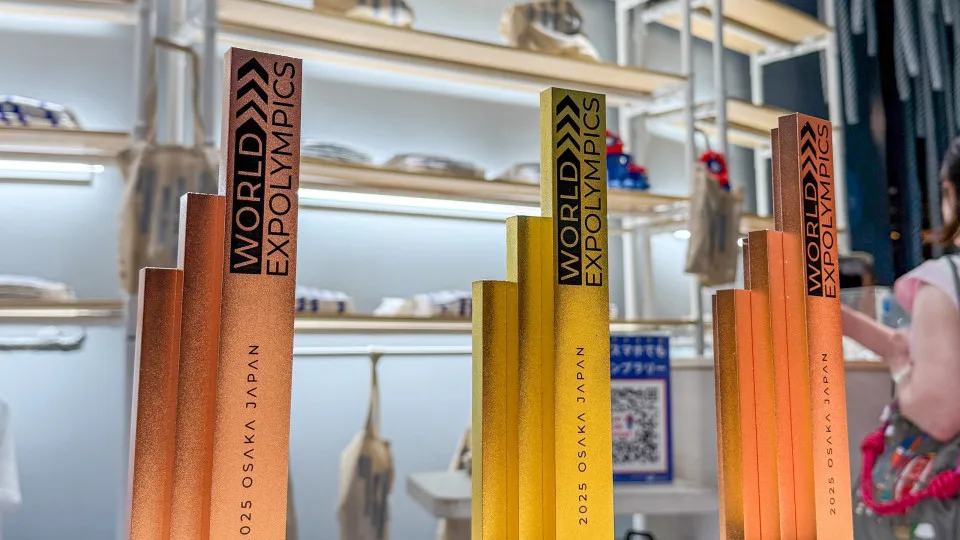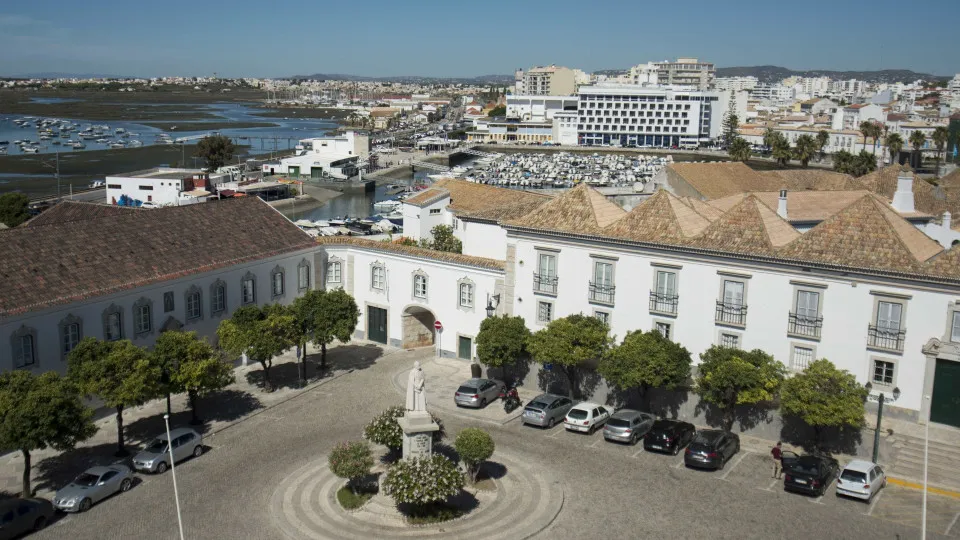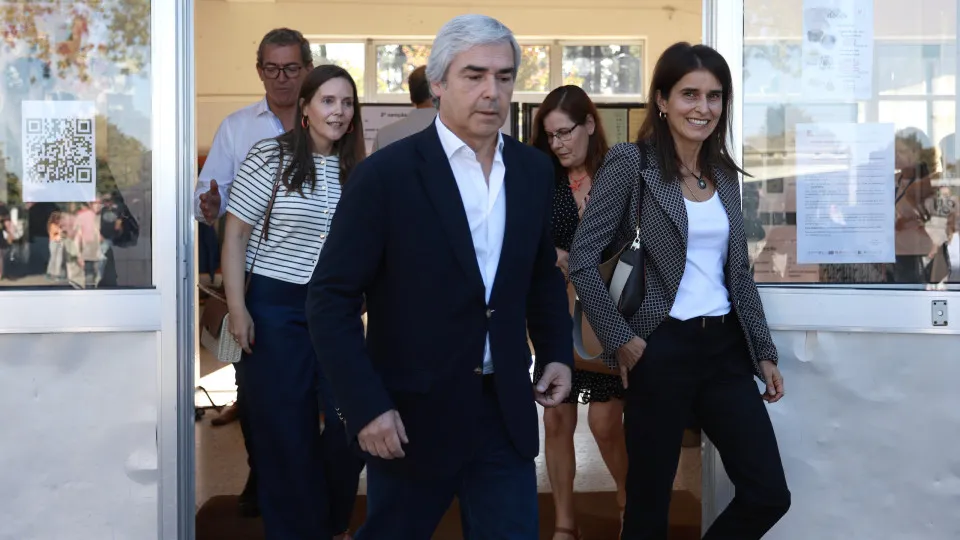
The Expo 2025 took place from April 13 to October 13 on the artificial island of Yumeshima, located on the outskirts of Osaka, Kansai, Japan.
In a telephone interview from Osaka, Joana Gomes Cardoso expressed a “very positive” assessment of Portugal’s participation over the six months.
“It exceeds all our expectations; all our indicators were surpassed, but at this stage, I would even say that more than the numbers, it’s the small stories that make the difference,” said the commissioner-general.
On the last day of the exhibition, in particular, “- it’s perhaps not as common in other countries, but it happens a lot in Japan, people express themselves with notes, with little messages – and our Pavilion received a flood of notes, letters, children who came to give us pins, with many thanks and saying they really want to visit Portugal,” she recounted.
“This is not as objective as the numbers, but for me, it is as important or even more important than the numbers, which speak for themselves,” stated Joana Gomes Cardoso.
The estimated number of visitors to the Portugal Pavilion was 1.2 million, but by the end, it had almost doubled to 2.3 million.
“Honestly, we thought we were being optimistic with 1.2 [million visitors]” during the six-month event, she confessed.
“And those are very realistic numbers and not inflated, meaning they don’t even count the restaurant that always had queues from morning to night, or the temporary exhibition hall that had direct access,” reported the commissioner-general, emphasizing that the 2.3 million figure represents only those who queued and visited the pavilion from start to finish.
The Portugal Pavilion was a project by Japanese architect Kengo Kuma, showcasing the dynamic moment of the ocean, using 9,972 suspended cables weighing over 60 tons, and recycled nets to create a lasting effect, open to natural elements like sun and wind. Portugal participated in Expo Osaka with the theme “Ocean, Blue Dialogue.”
Regarding visitor origins, the majority came from Japan.
“We also had quite a few Koreans,” she noted, mentioning that there are no reliable data since nationality was not asked, alongside Chinese, Germans.
“And curiously, many more Portuguese than we expected,” added Joana Gomes Cardoso.
She noted that “every day we had Portuguese,” both during Easter and in the final days, with “many groups, many tours of Portuguese who were visiting Japan for the first time and came to the Expo,” highlighting how “very gratifying” it was to “encounter so many Portuguese” who generally reacted with “great enthusiasm” towards the Portugal Pavilion.
Although national citizens are “always the most demanding, with all the pavilions, that was also the experience of other commissioners from other countries,” in this case, “I must say that the receptivity was generally very positive from our national visiting audience,” she shared.
These final days “we received groups of 30 to 40 Portuguese per day, and sometimes two or three, there were moments when, for instance, we had 100 Portuguese in a day,” recounted the commissioner-general, sharing an episode.
“One day, a group told us that [musician] Quim Barreiros was with another group and came along, and then Quim Barreiros’ group told us that [journalist] Dina Aguiar was there,” she recounted, illustrating the diversity of people who visited the Portuguese pavilion.




